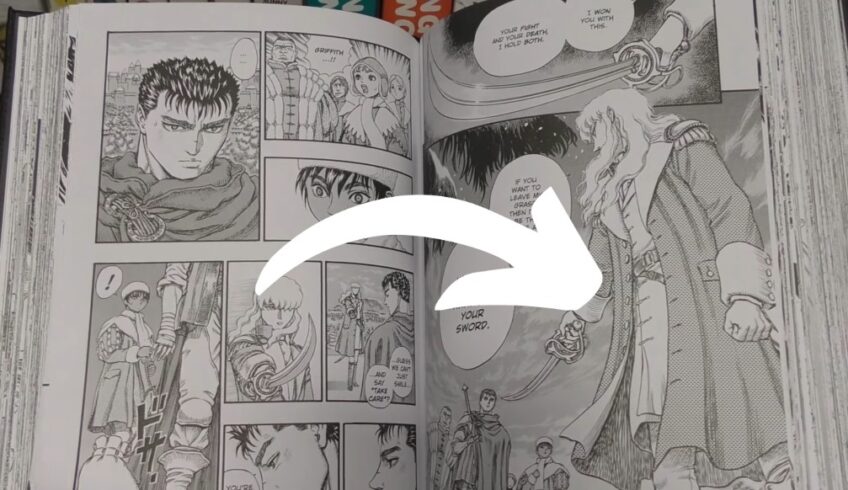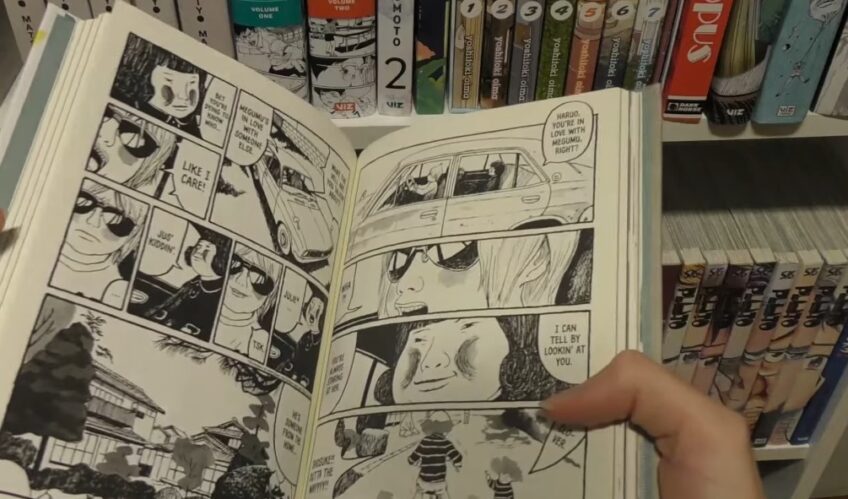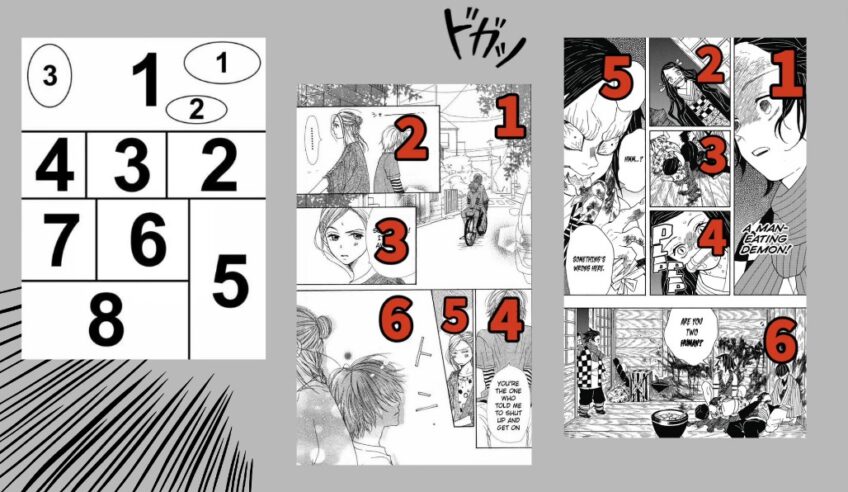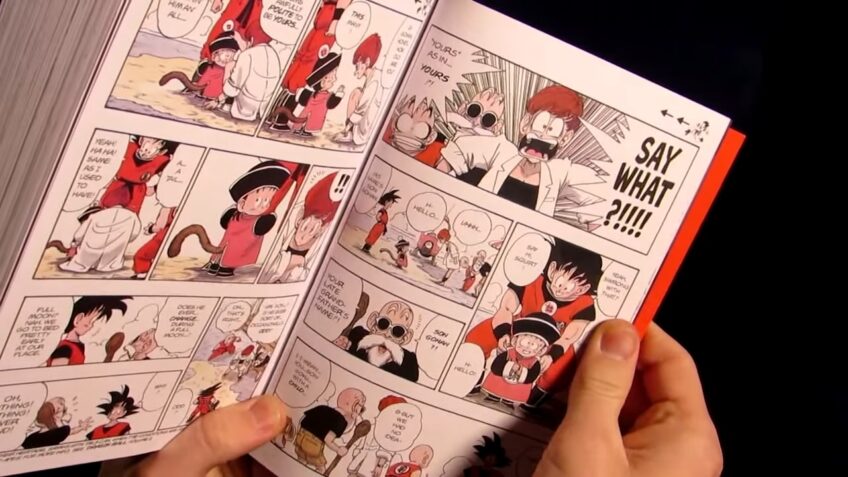When it comes to Japanese manga, one of the most frequently asked questions is: “Is manga read from right to left?” To answer this question, we will delve into the world of manga and explore its unique reading orientation, along with the reasons behind this distinct style. This comprehensive guide will also provide tips on how to read manga, especially for those who are new to the medium.
History of manga
Manga is a Japanese form of comic that originated in the late 19th century. Its origins can be traced back to the art form of ukiyo-e, which was popular in Japan during the Edo period (1603-1867). Ukiyo-e consisted of woodblock prints that depicted scenes from everyday life and were often used as advertisements or prints for popular culture. Manga was influenced by the storytelling and visuals of ukiyo-e and evolved into a unique form of storytelling.
Manga’s early form was influenced by American comics, and it was not until the 1950s that it took on its distinctive Japanese style. The post-World War II period saw an increase in demand for manga, which led to the development of new genres and styles. One of the most influential manga artists of this time was Osamu Tezuka, who created Astro Boy and other iconic characters. Tezuka’s work had a profound impact on the manga industry and inspired many future manga artists.
The right-to-left reading format is a distinctive feature of manga that sets it apart from Western comics. The origins of this format can be traced back to the way Japanese books were traditionally read, from right to left and top to bottom. Manga adopted this format to cater to its primarily Japanese audience, and it soon became a defining feature of the medium. The right-to-left reading format also allows for a more immersive reading experience as readers can take in the entire panel before moving on to the next one.
Understanding Manga and Its Unique Format

Manga, a term derived from the Japanese words “man” (meaning whimsical or impromptu) and “ga” (meaning pictures), refers to Japanese comic books or graphic novels. It is a widely popular form of entertainment in Japan and has gained a massive international following over the years. Manga covers a wide range of genres, from action and adventure to romance, science fiction, fantasy, and more.
One of the most striking features of manga is its reading direction, which is from right to left. This orientation is the complete opposite of what English-speaking readers are used to – left to right. The reason behind this distinct format lies in the traditional Japanese writing system.
The Influence of the Japanese Writing System
The Japanese writing system is a combination of three scripts: kanji, hiragana, and katakana. Japanese text is traditionally written vertically, with columns of characters read from top to bottom and starting from the right side of the page. This right-to-left reading order has been preserved in modern manga to maintain the authenticity of the medium and provide readers with an immersive experience.
In addition to the right-to-left reading order, it also retains other features of the Japanese writing system, such as sound effects and onomatopoeia, which are often written in katakana. The combination of these elements gives manga its distinct visual and narrative style, setting it apart from Western comics.
How to Read Manga: A Step-by-Step Guide
For first-time readers, the right-to-left reading order may seem daunting. However, with a bit of practice and the following step-by-step guide, you will be able to navigate through the pages of a manga like a pro:
Begin at the upper right corner: Start by looking at the upper right corner of the page, which is where the first panel is located.
Read panels from right to left: Read the panels in each row from right to left. Some manga may have unconventional panel arrangements, so follow the natural flow of the story and art.
Move down to the next row: After finishing a row of panels, move down to the next row on the right side of the page and continue reading from right to left.
Turn pages from right to left: When you reach the end of a page, turn the page from right to left, just like how you would read the panels.
Understand Japanese sound effects: Manga often features sound effects and onomatopoeia written in Japanese. Familiarize yourself with common sound effects or keep a reference handy to help you understand their meaning.
Western Adaptations and Localization
As it gained popularity in the West, publishers began translating and localizing Japanese manga to cater to English-speaking audiences. Early adaptations involved “flipping” the pages, which meant that the original right-to-left format was reversed to a left-to-right reading order. However, this process often compromised the artwork and storytelling, leading to a loss of authenticity and inconsistencies in the visual narrative.
Recognizing these issues, publishers eventually shifted to preserving the original right-to-left format while translating the text. This approach allows readers to enjoy manga as the creators intended while still making the stories accessible to a wider audience. Today, most English-translated manga retains the right-to-left format, and readers have become more familiar with this reading orientation.
The Advantages of Reading Manga in Its Original Format

Maintaining the original right-to-left format in translated manga offers several advantages, both for readers and creators:
Artistic integrity: By preserving the original reading orientation, the artwork remains unaltered, allowing readers to appreciate the artist’s vision without any modifications or distortions. Flipping the pages can result in the loss of visual cues and impact, diminishing the overall reading experience.
Cultural immersion: Reading it in its original format provides an authentic and immersive experience, allowing readers to gain a deeper understanding of Japanese culture and storytelling techniques. This is particularly important for one that explores historical or cultural themes.
Consistency in storytelling: Retaining the right-to-left format ensures that the visual narrative remains consistent, especially when it comes to character positioning, movement, and the flow of action. This is crucial for action-packed manga or those with complex storylines.
Skill development: Reading manga from right to left can help develop new cognitive and reading skills, making it an engaging and rewarding experience for readers.
Tips for Reading Manga in Its Original Format

Reading manga can be a unique experience, especially if it is in the original Japanese format. Manga is traditionally read from right to left, instead of the more Westernized left-to-right format that many are more familiar with. Many manga books also contain Japanese lettering within their panels and include original artwork for each page or panel. This guide will offer you some helpful tips on how to adjust to this new reading style.
When transitioning from Western comic books to manga, the first and most obvious difference will be the direction in which you’re reading your material. While most comic books are read from left to right, with each page continuing from where the previous page ended, manga is read from right to left – this means that you’ll start reading every page at its last panel and move back towards its beginning as you progress through it.
Another important thing to consider when reading manga is that Japanese characters (called “kanji”) are typically used rather than English letters and words. If this is unfamiliar territory for you, then there are a variety of online dictionaries that can help you get acclimated with these characters. Additionally, many translated editions of popular manga may already contain furigana – small additions of hiragana (a less complex form of writing than kanji) over kanji characters – which make them easier to comprehend for non-native readers of Japanese!
Finally, some printed versions may come in a “flipped” orientation – meaning that in order to follow traditional reading styles, they have been flipped so that everything appears reversed like a mirror image relative to normal right-to-left protocol. Before purchasing any manga materials online or otherwise, be sure to check whether or not they have been flipped so that you don’t accidentally buy something intended for someone already familiar with the language!
With these tips in mind, now go forth and discover why so many people around the world enjoy this unique form of literature!
FAQs

Do all manga series use the right-to-left reading format?
The vast majority of these series use the right-to-left reading format, but there are some exceptions.
How do I know if a manga series uses the right-to-left reading format?
Most of them indicate the direction of reading on the cover or spine of the book.
How do I hold a manga book when reading from right to left?
When reading it from right to left, it is best to hold the book with your left hand and use your right hand to turn the pages.
What are some common mistakes to avoid when reading manga from right to left?
Common mistakes to avoid when reading it from right to left include flipping the book or reading in the wrong direction.
What are some popular manga genres?
Popular genres include shonen, shojo, and seinen, each with its own distinct storytelling and art styles.
How are manga series adapted into anime and other forms of media?
They are often adapted into anime and other forms of media, with the right-to-left reading format adapted for each medium.
Can non-Japanese readers enjoy manga?
Yes, it has a growing international audience, and non-Japanese readers can enjoy its unique storytelling and art style.
Is there a difference between manga and anime?
They are both forms of Japanese storytelling, with manga referring to comics and anime referring to animated shows or movies.
Where can I buy manga books?
They can be purchased at most bookstores and online retailers that specialize in this type of merchandise.
Conclusion
It is important to note that when reading manga, the reader may choose either orientation but both will lead to understanding. Depending on the material, one direction may be suitable for the story or easier for the reader. For English-speaking manga fans, it is recommended to start by reading from left to right as this will be easier for them to follow and better match their linguistic patterns.
When presented with artwork depicting Japanese characters alongside English language text, there may be some confusion as to which panel should come first or which direction should be read in what order. However, this confusion can often be quickly diffused through quick research into the genre and style of manga from which you are reading from.
Although it goes against our natural reading patterns, many enjoy switching between orientations in order to appreciate both parts of their heritage – Western AND Eastern culture – in terms of visual storytelling.

